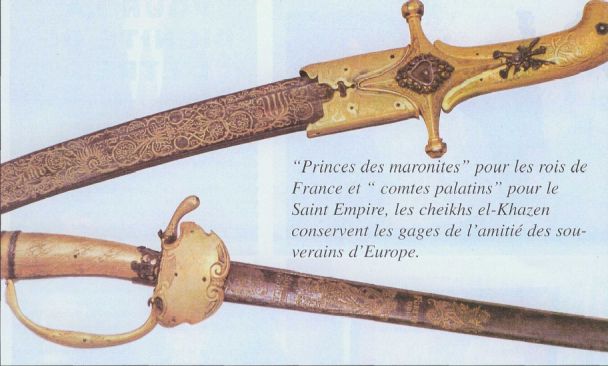
by inc.com —@BillMurphyJr The year was 2001, and Target did something that would be unthinkable today: it outsourced its entire online operation to Amazon. It seems crazy, but Target wasn’t alone. Big names like Borders, Circuit City, and Toys R Us all did the same thing. Now those other brands are gone, but Target is thriving. So what did Target do differently? Why did it survive when the others didn’t? Here’s the story about a bold move Target made, that looks totally brilliant in retrospect. Borders, Circuit City, and Toys R Us
Let’s go back to the start. E-commerce was still new in 2001. Online sales amounted to barely 1 percent of all retail. And Amazon was a small fraction of its size today. It had never turned a profit. Meanwhile, big retail leaders wanted to focus on their core businesses, so a parade of brands went into partnerships with Amazon. Here’s part of the timeline: August 2000: Toys R Us announces a a 10-year exclusive partnership with Amazon. April 2001: Borders, then the second-largest U.S. bookstore chain, strikes a deal to let Amazon take over its entire digital operation. August 2001: Circuit City, the number-2 consumer electronics chain, does a deal with Amazon. But, look at where they all wound up: Toys R Us needed a lawsuit to get out of its Amazon deal. Afterward, it never put anywhere near enough resources into its own online sales, and the company closed its doors in 2018. Borders got out in 2007, but lasted only four more years before going bankrupt and closing all its stores.
Amazon grew its electronics business to $1 billion a year by 2004. Five years after that, Circuit City was on its own, in bankruptcy and closing its stores. Target basically went into the same kind of deal — right after Circuit City, in fact. It was announced in the early morning of September 11, 2001. But the big difference that came later was that Target perceived the threat that a quick-growing Amazon posed, negotiated its way out, and poured tons of money into building its own digital operation. The Target deal It’s worth noting how Amazon and Target switched places during the course of their deal. At the start, Target was much bigger, based on market capitalization: $31 billion for Target versus $4 billion on the day they signed the deal. But then…





